There Were Giants In Those Days: Wristwatches and Other Artifacts From A Business That Never Was.
Justin Lifflander
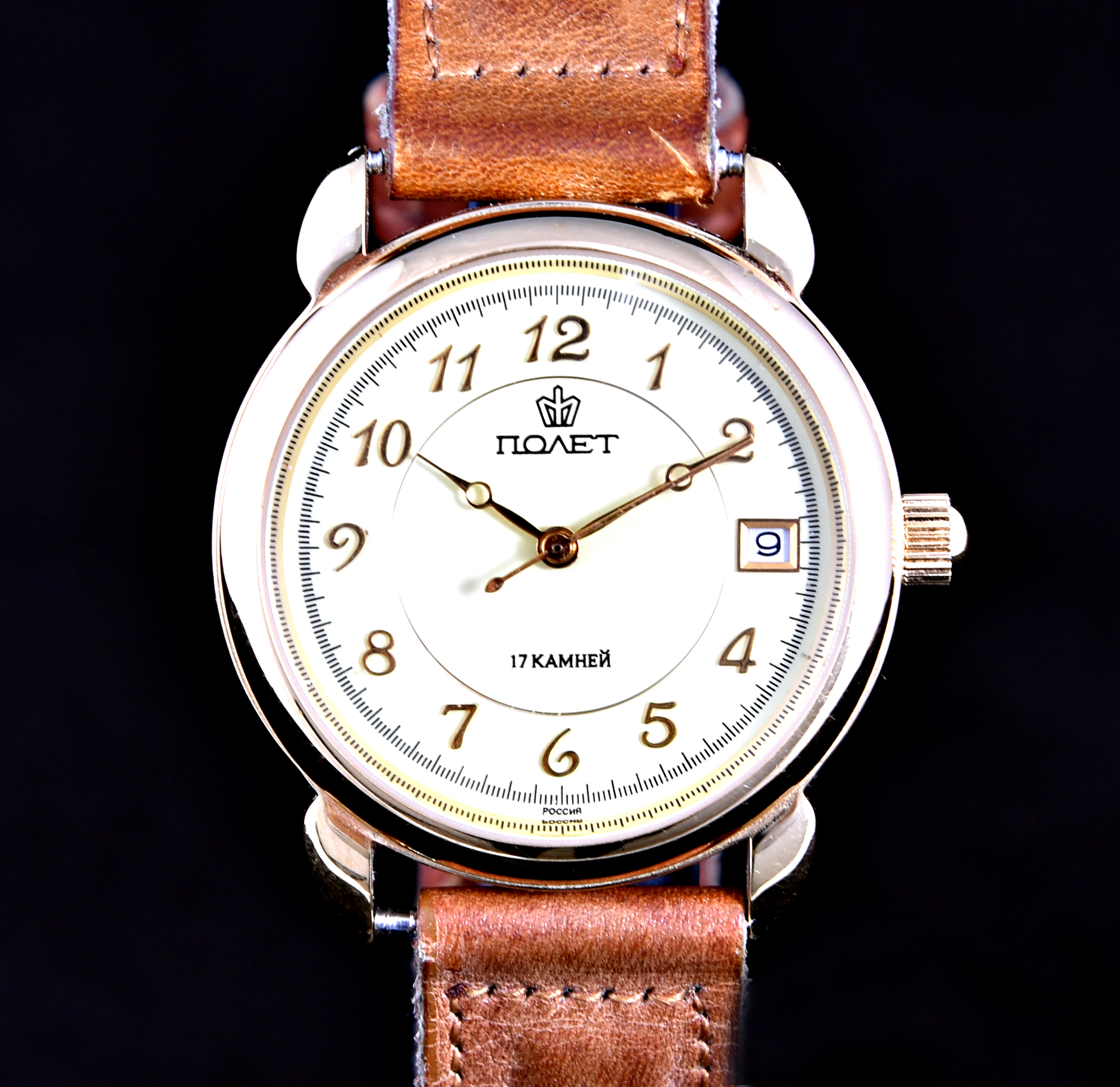

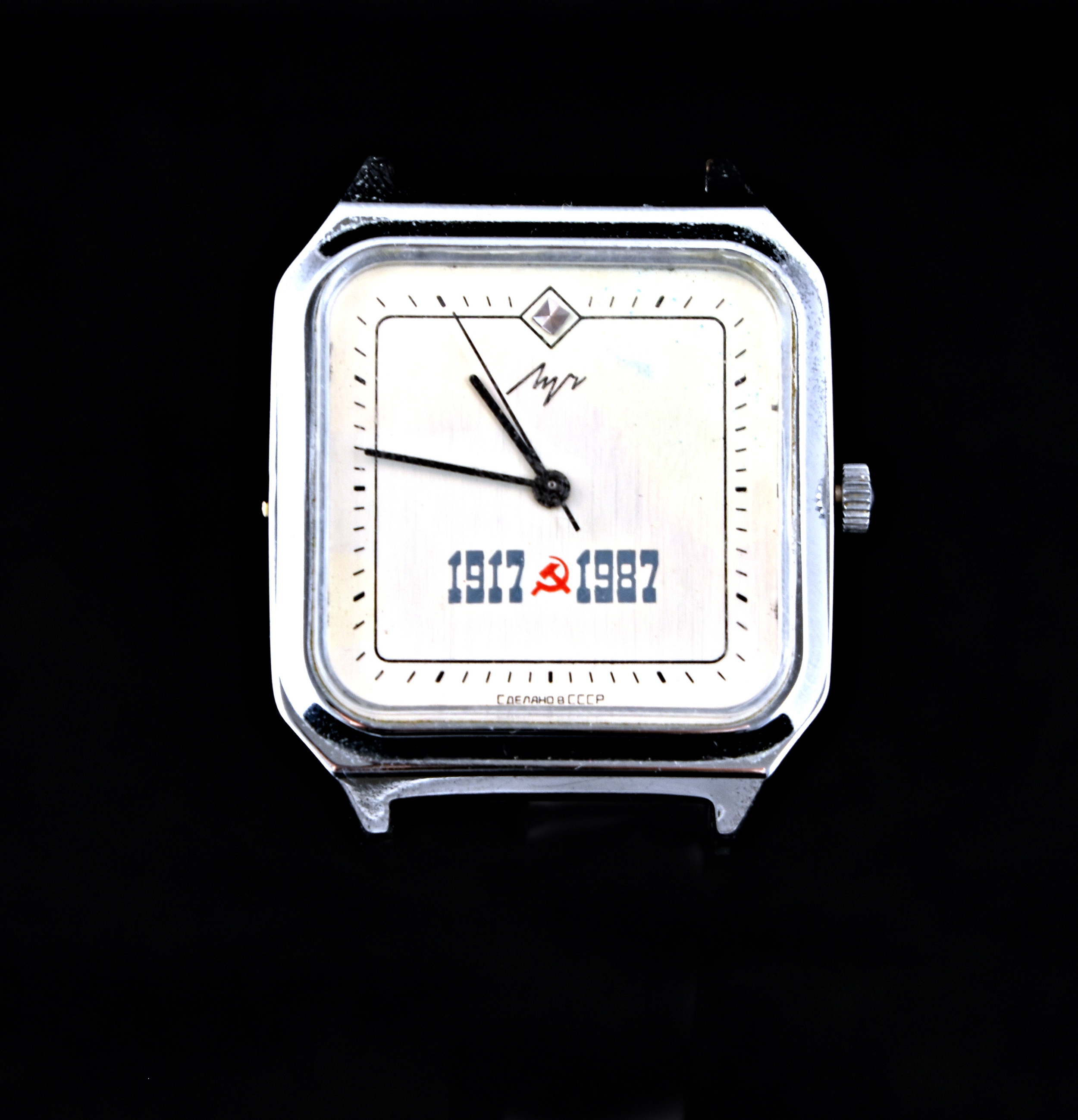
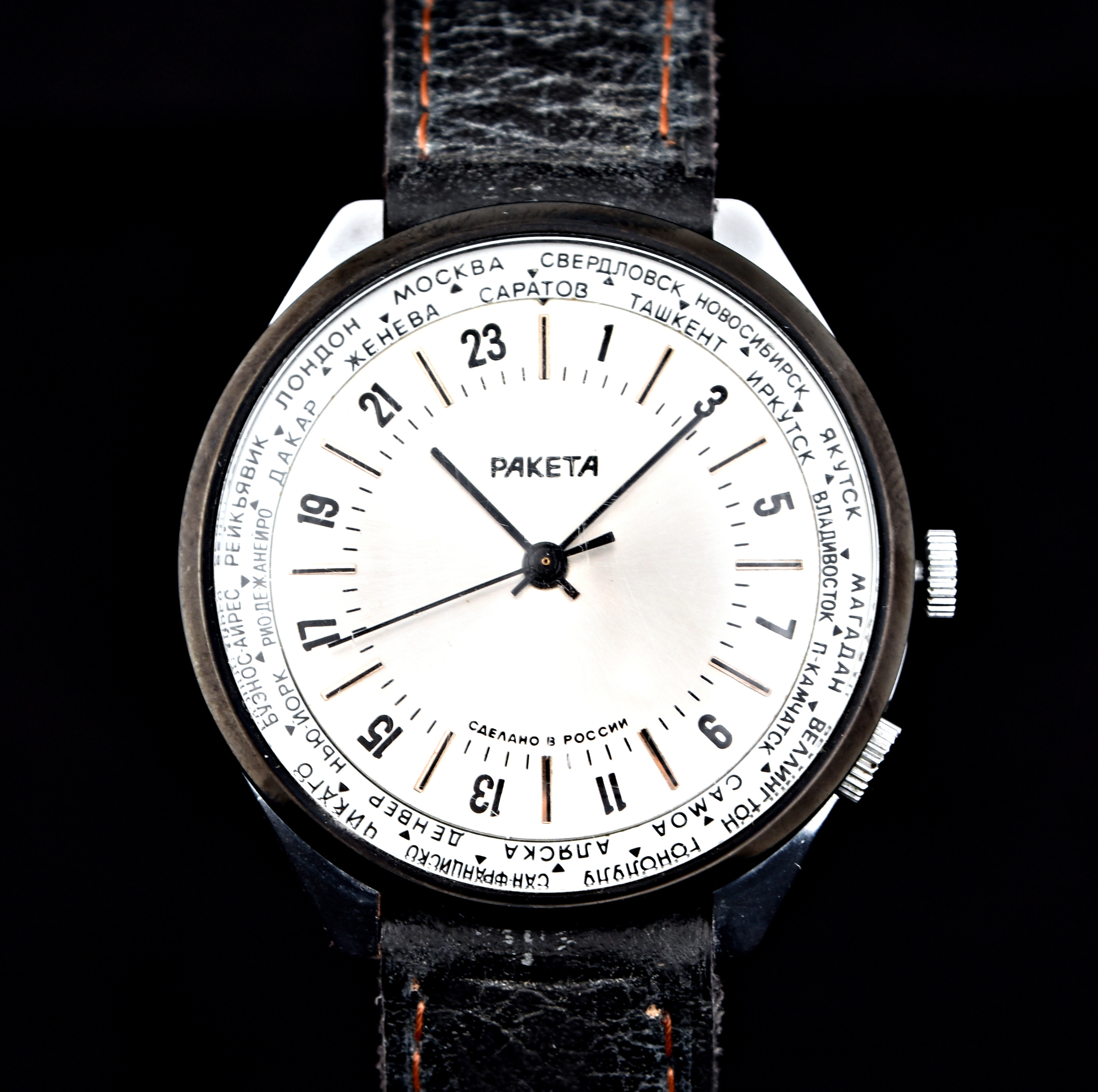
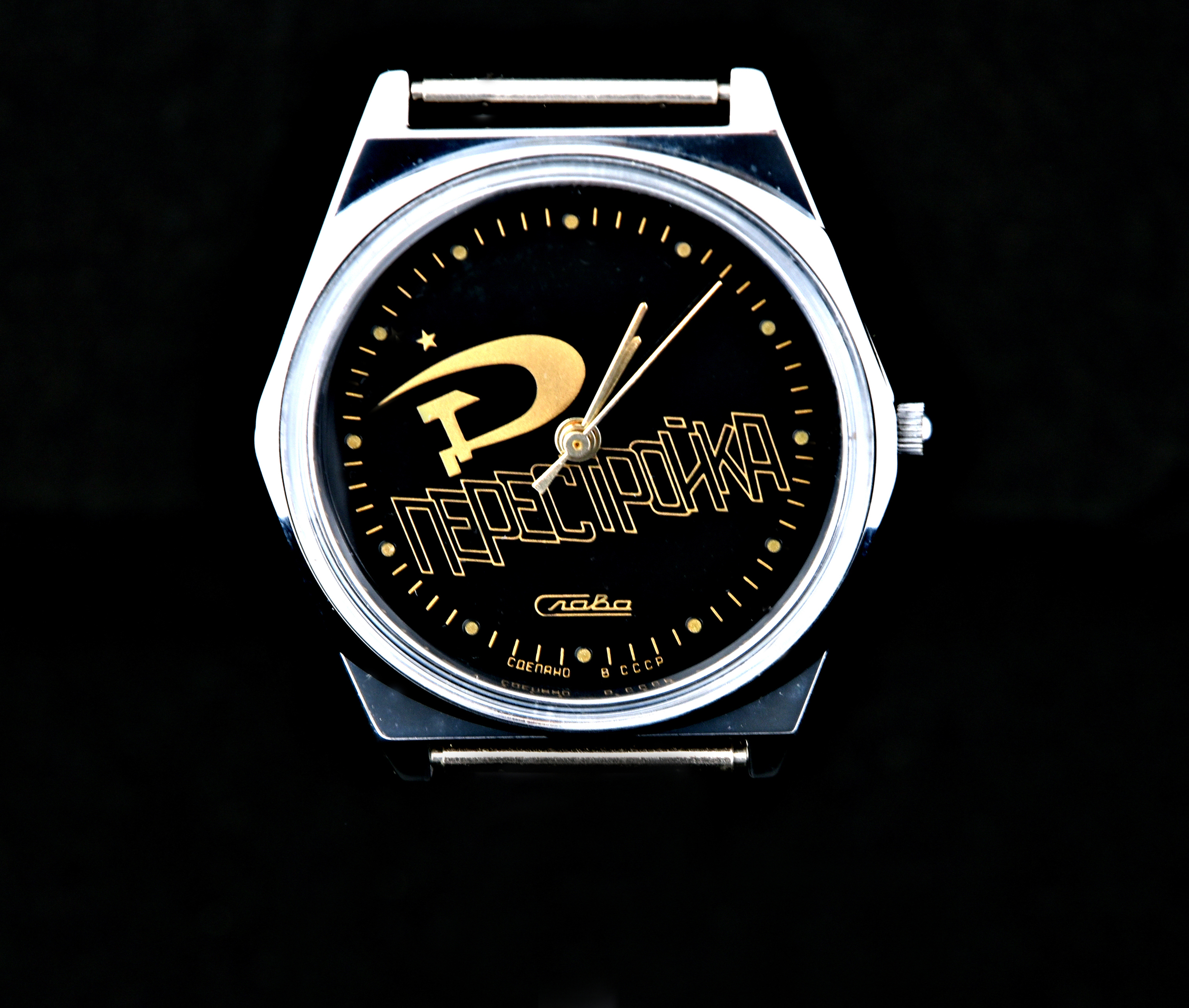
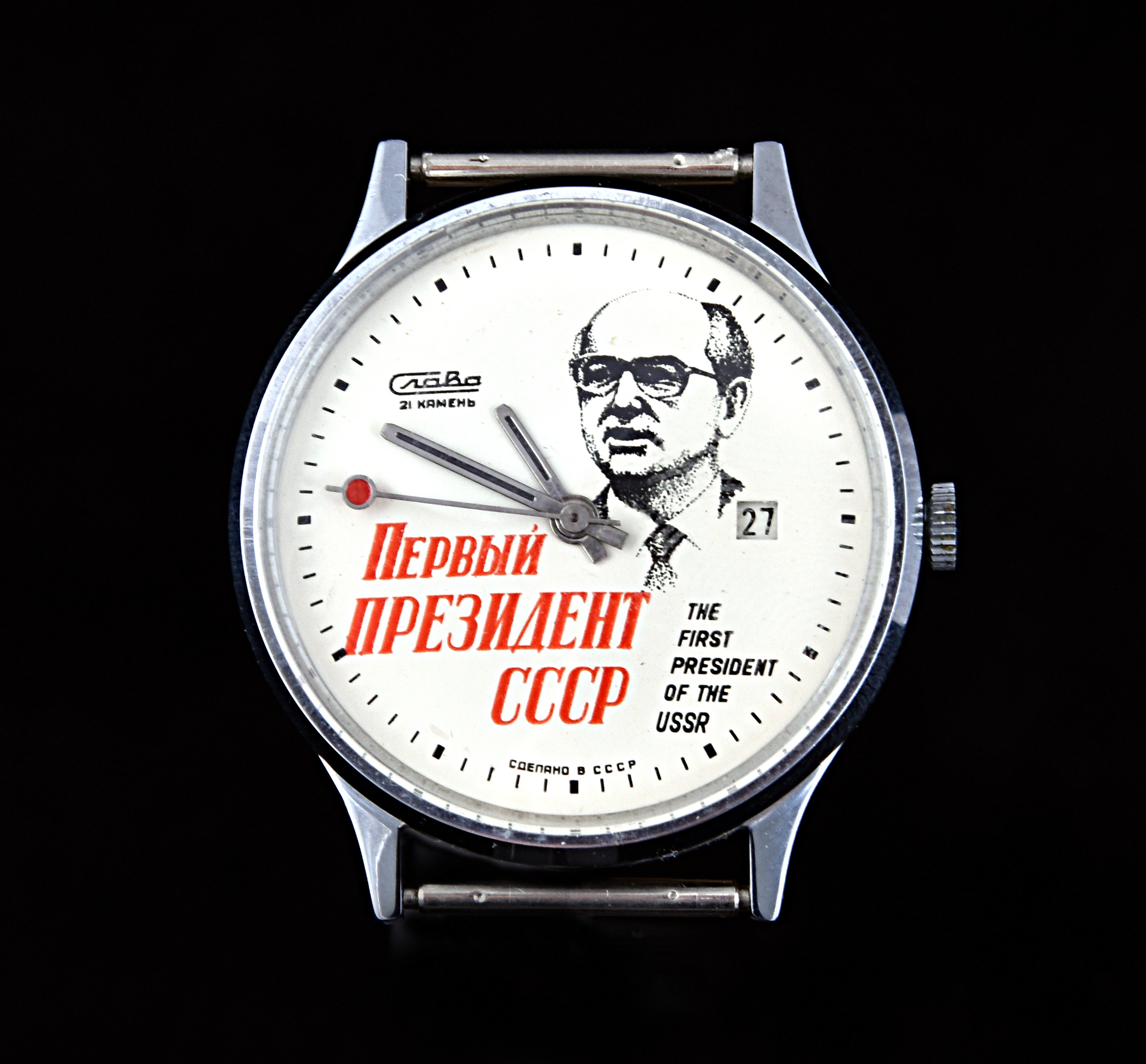

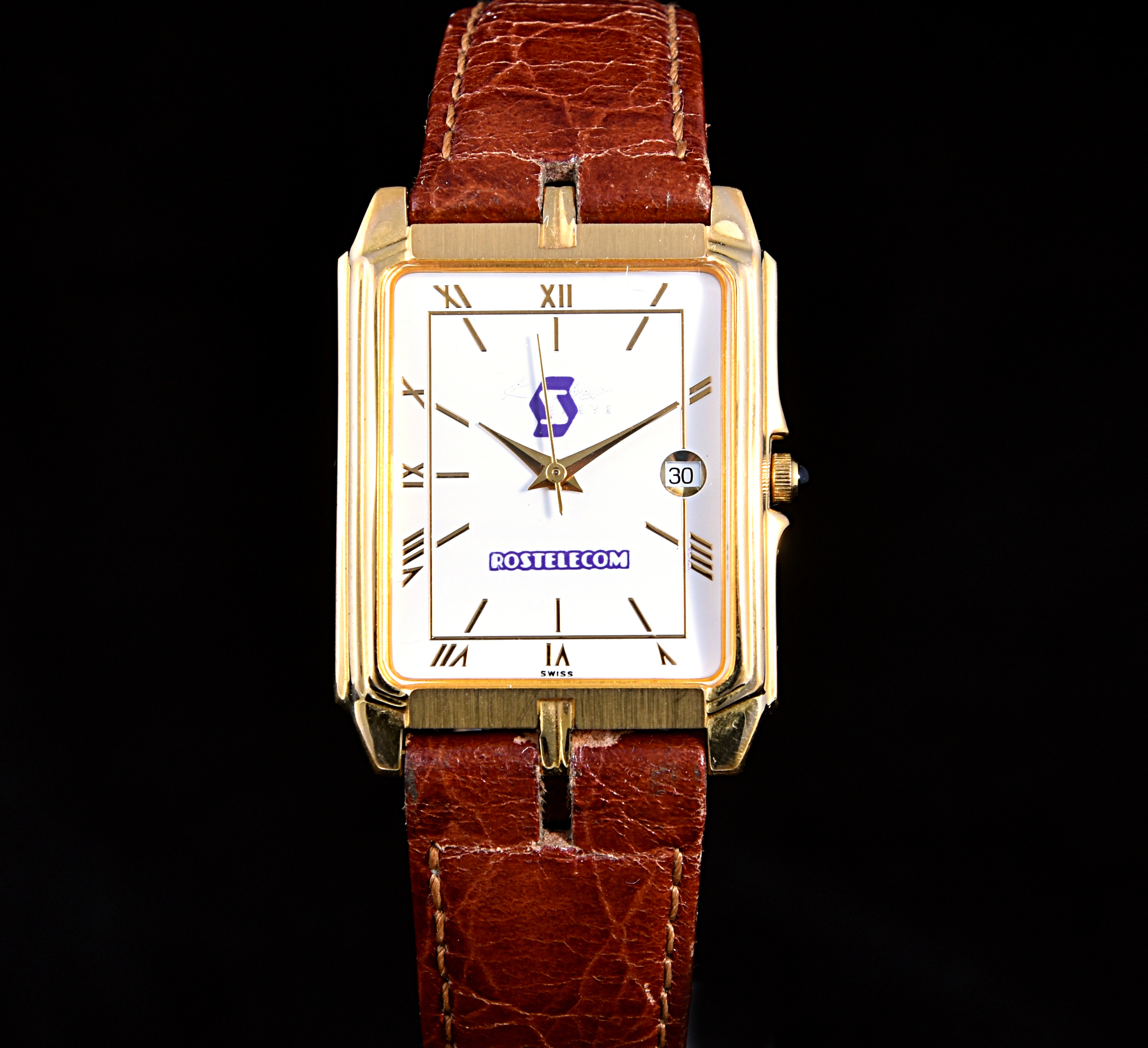


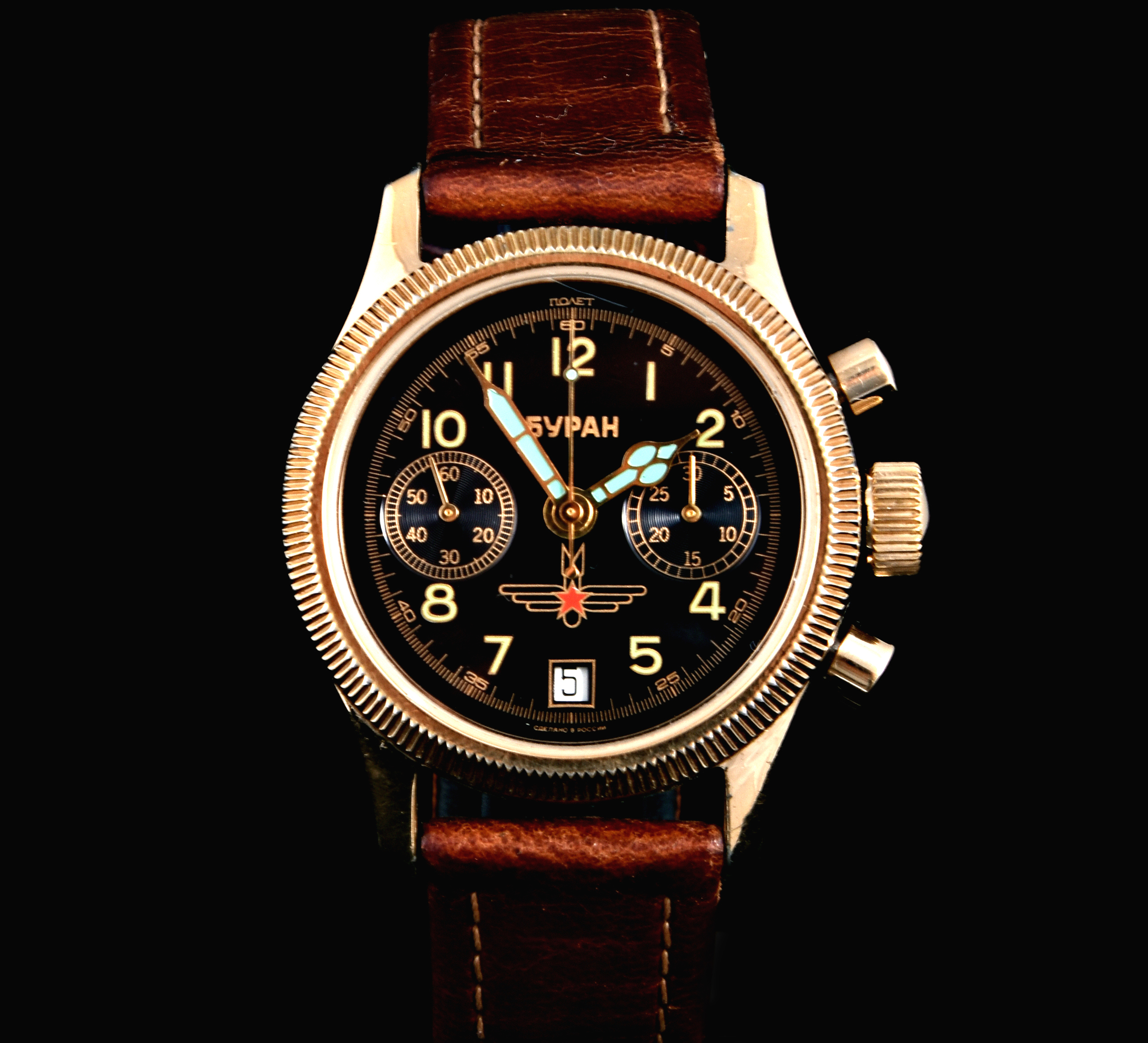


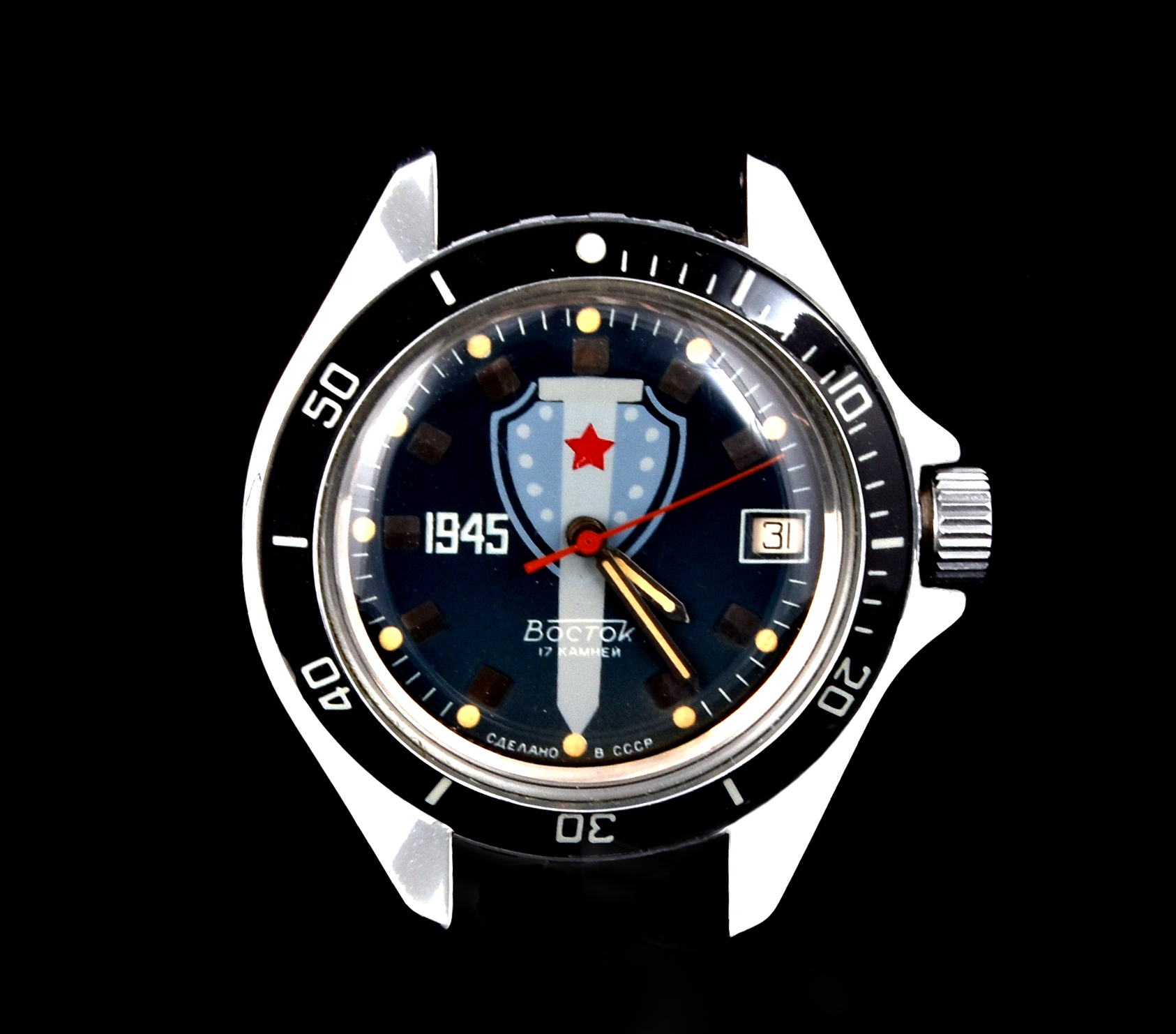
Photos: Natalia Lifflander
6 June 2016
While young men like Bernie Sucher and Peter Gerwe were wandering the streets of Moscow in the wild 90s of post-Soviet Russia, taking action on the “What this country needs…” phrase (Bernie co-founded the first American diner and first western-standard health club in Moscow; Peter helped build the country’s first independent TV channel), I was absorbed in my career at Hewlett-Packard and dabbling in less adventurous opportunities.
My father Matt, a lawyer in New York, was my mentor and partner. The high point of his international business experience occurred in 1969. As vice president at the Hertz car rental company, he negotiated a partnership with Intourist and entered the Soviet market, outdoing rival Avis. Ironically, it was an advertisement by Avis that had inspired him to pursue the Russian deal. In 1991 he heard opportunity knocking from underneath the rubble of the former Soviet Union and wanted in.
I left Udmurtia on good terms and with some initial contacts – as always, thanks to Zhenya Odiyankov. We set up UDAMCO: The Udmurt-American Development Corporation, Inc.
Our first scheme was to become the exclusive American partner of the Chepetsky Mechanical Plant. We wanted to distribute its zirconium products in the US. Zirconium is a unique man-made metal used in the nuclear power industry, primarily for encasing fuel pellets. But it has a luster and other characteristics – including alleged healing properties – that make it visually and tactilely pleasing. Our plan was to market and distribute the jewelry and other household items the factory was beginning to produce as part of a drive to convert capacity away from military production. In the end, we were unable to prove the medicinal value of zirconium bracelets. Later, factory management changed and the deal fizzled like the electrical system on my Lada car. But we enjoyed a few nice tax deductible meals and I still have UDAMCO shot glasses.
Next, we decided to pursue one of my passions: Soviet limousines. By 1992 I had already begun collecting and restoring antique versions of the “member carriers,” as they were called in reference to Party members and a part of their anatomy. I started with several GAZ-12 ZIMs and eventually acquired 2 ½ ZIS-110s (a 95% copy of the Packard 180).
The modern hand-made ZIL limo, a direct descendant of the ZIS, had made its mark on world thanks to various state visits abroad by Gorbachev and Yeltsin. The UDAMCO board of directors (Matt and I) decided to try to capitalize on the boxy look and peace-maker association. I made it into the ZIL shop where the vehicles were assembled. The expectant eyes of the aged assembly crew – convinced I was about to place a large order – followed me as the factory manager gave a tour. But the negotiations broke down quickly when the gap in understanding of distribution concepts was revealed:
Me: “What is the retail price of the car?”
Factory Manager: “We will sell it for $110,000.”
Me: “Hmm…A bit steep. A buyer in New York can own a new Rolls-Royce for that kind of money. But we can investigate the market and see if such a price is justified. For now, we’ll assume it is. UDAMCO will have to invest in a show room, repair shop, marketing, and so forth. So what will the wholesale price to us be?”
Factory Manager: “$110,000.”
The disconnect was fundamental. So, UDAMCO decided to move on to a product segment that satisfied one of our chairman’s top interests: wristwatches. Second only to pens, Matt saw them as a key fashion accessory and always enjoyed showing off the ones I brought from Russia. I headed down the street from the ZIL factory and knocked on the door of Moscow’s Watch Factory No.1, just off Taganka Square.
It turns out that the factory originally came from New York. In 1929 the Soviet Government purchased the defunct Ansonia Clock Company of Brooklyn and shipped the machinery, parts and a set of disgruntled, capitalism-disenchanted workers to Moscow to set up Watch Factory No. 1.
We were ready to help it re-emigrate and wheeled out the big gun. My brother Clay took a week out of his hectic existence as an investment banker on Wall Street and came to town that summer of 1994 to escort my step-son back from camp. Clay met the commercial director of the watch factory and discussed sales terms, marketing support and spare parts supply. The factory claimed its products had a very low failure rate and would supply parts accordingly.
Meanwhile, UDAMCO’s vice president for linguistics, my wife Alla, was multitasking. Finally, she had a chance to put her spy skills to work. She translated the discussion and at the same time read (upside down) a memo left on the commercial director’s desk. It outlined a complaint from the factory’s partner in the UK which talked about a much higher failure rate than the one Clay had just been quoted.
All the same, we decided to move ahead. We were “allowed” to purchase two-dozen watches as samples. Clay was to take them back to New York for an expert review of quality and salability. “No,” the commercial director assured us, “you won’t need any special documents for exporting the watches – they are not a customs controlled item.”
I vividly recall the look of bewilderment on my brother’s face as he stood there in Sheremetyevo-2 airport, being shaken down by the customs officer. He had to pay a “duty” to take the watch collection home. His parting words to me: “I don’t think I’ve ever stood on a customs line while exiting a country!”
He has not been back to Russia since, having entered the camp of the late Bob Price – an early mentor of mine. I lobbied Bob in the 90s to use his capital and genius to invest in projects in the new Russia. “I only do business where the New York State Police can get to me within in 10 minutes,” he replied.
The watch experts in New York confirmed a probable failure rate even higher than that which the UK partner was experiencing. Negotiations stopped, like several of the watches. But we kept the samples. A quarter of a century later a few still work. I’ve added other gems I picked up along the way…
The 24-hour watch:
Photo: Natalia Lifflander
A unique post-Soviet) piece, it illustrates 5 US time zones (New York, Chicago, Denver, San Francisco and Alaska) and 10 Soviet ones (from Moscow to “P-kamchatsk”). Obviously, it was made prior to the current tinkering that has left us with 11 time zones but no daylight saving time – the latter move taken, according to our prime minister, to allow cows to get a better night’s sleep.
The political collection:
The 70th Anniversary of the Great October Socialist Revolution. Made in 1987, it bears the stamp of quality on the reverse side (see page 107 of How Not to Become a Spy for the best Soviet-era anecdote about the stamp of quality).
Photo: Natalia Lifflander
Photo: Natalia Lifflander
There is no stamp of quality on the “Perestroika” watch, though it was made in the USSR by the Slava (Glory!) watch company.
Slava also made the bi-lingual “First President of the Soviet Union” watch with Gorbachev’s image, sans birthmark, on the watch face.
Photo: Natalia Lifflander
Not to be outdone, there is the Yeltsin watch, also made in the Soviet period by the Vostok Watch Company. Two key footnotes: the Yelstin watch says “waterproof” on the back— which he essentially was. The late president nearly drowned twice. The first time as an infant, when he was being baptized and the tipsy village priest forgot to remove him from the tub. Later, in 1989, he fell (or, as he claimed, was pushed by unseen assailants) off a bridge while strolling in the suburbs. He wound up in the Moscow River.
Photo: Natalia Lifflander
The Gorbachev watch is still ticking. Not true for Yeltsin.
Corporate gifts:
Photo: Natalia Lifflander
The early 90s version of the corporate gift from Rostelecom – the Russian national telecommunications provider – was manufactured locally and displays the tricolor. At the time the company was experiencing a painful rebirth, struggling to modernize its network, interconnect with 14 new countries and compete with a burgeoning private sector.
A decade later Rostel was doing much better. So was I, thanks to them — it was my top account and purchased everything from printers to advanced software solutions. I reached the pinnacle of sales intimacy when Oleg Gennadevich invited me to the basement at Bekasovo for the shareholders’ meeting after-party.
Photo: Natalia Lifflander
This Swiss-made watch bears the new Rostelecom logo invented by then vice-president Boris Dmitrievich. Known for his wicked sense of humor, when someone pointed out that purple is often associated with insanity Boris just winked.
Photo: Natalia Lifflander
Non-profit organizations like universities had more humble giveaways. The St. Petersburg telecom university Bonch-Buryevich issued a commemorative watch for its 70th anniversary in 2000.
Style:
These three watches show an admirable attempt by Watch Factory No. 1, using its Polyot (flight) brand, to produce something they perceived as comparable to Swiss products. They are thick, solid and mechanical. The black one labeledBuran (snowstorm) weighs nearly 100 grams.
Photos: Natalia Lifflander
Military:
Photo: Natalia Lifflander
Photo: Natalia Lifflander
The mechanical wristwatches most sought after by tourists were the Komandirskie – allegedly given to military officers but also available for sale in hard-currency stores. Their face designs reflect different armed forces branches. The blue one is for the Strategic Rocket Forces; the green one for Parachute Troops.
Photo: Natalia Lifflander
This one seems to have been designed to make tourists think it was for the KGB. It has that organization’s dagger and shield symbol and a “1945” added, just to spruce it up. All are in working order.




